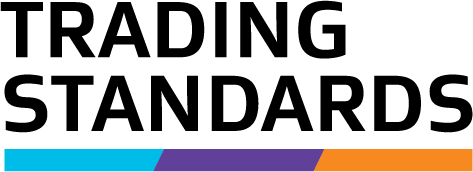General quantity labelling requirements
Goods sold by weight, measure or number must have their quantity marked or labelled using one of the units of the metric system.
Labelling requirements
All packaged goods sold by quantity must comply with the following labelling/marking requirements:
- Units of the metric system must be used when marking net weight or measure, as follows:
- Net weight: kilogram, gram or milligram.
- Liquid measure: litre, decilitre, centilitre or millilitre.
- Measures of length: metre, centimetre or millimetre.
- Only one unit of weight or measure must be used.
- Decimals must be used for part units — that is, 1.5 L not 1½ L.
- The marking of net weight or measure must be:
- in a prominent position
- in close proximity to the name or description of the goods (if applicable)
- clearly written or printed in letters and figures at least 2 mm in height, and
- in a colour that contrasts distinctly with the background.
NOTE
If, due to the size of the goods or package, it's not possible to use letters and figures of at least 2 mm, the marking may be in smaller letters and figures. These should still be large enough to be clear and legible.
Examples
The permissible abbreviations for units can be used as per the following examples. Alternatively, the full words "gram," “kilogram’, "millilitre," "litre," etc are accepted.
| Weight | Measure/Volume |
|---|---|
|
NET WEIGHT 1.5 kg |
NET MEASURE 1.5 L |
Food labelling
There are specific requirements and exemptions for food items.
For more information, see Food quantity labelling requirements and exemptions.
Permitted units and abbreviations
Permitted units and their accepted abbreviations are shown below.
| Unit | Accepted abbreviation |
|---|---|
| Weight | |
| Carat Metric | ct |
| Tonne | t |
| Kilogram | kg |
| Gram | g |
| Milligram | mg |
| Volume | |
| Litre | l or L |
| Decilitre | dl or dL |
| Centilitre | cl or cL |
| Millilitre | ml or mL |
| Length | |
| Metre | m |
| Centimetre | cm |
| Millimetre | mm |
Non-metric units of quantity
You can only use a non-metric unit of weight or measure when marking goods if:
- it's additional to, and not given greater prominence than, the metric marking, and
- either:
- the goods have been imported into New Zealand, or
- the goods are part of a line that is intended for retail sale in New Zealand and another country, and the law within that other country requires them to be marked with a non-metric unit.
Unacceptable labelling/marking
It's not permitted to use the following terms in the statement of quantity:
| Common marking faults | Non-compliant example | Compliant example |
|---|---|---|
| Not including a space between the number and abbreviation | 100mL | NET MEASURE 100 mL, NET 100 mL, or 100 mL |
| Including a period (full stop) after the abbreviation | NET 2 kg. | NET WEIGHT 2 kg, NET 2 kg, or 2 kg |
| Including the letter ‘s’ after the abbreviation | 330 mls | NET MEASURE 330 mL, NET 330 mL, or 330 mL |
| Using confusing or conflicting statements | NET WEIGHT 500 g inclusive of packaging | NET WEIGHT 500 g, NET 500 g, or 500 g |
| Using the incorrect case and/or abbreviation | 200 G NET.WT. | NET WEIGHT 200 g, NET 200 g, or 200 g |
| Using a term that estimates the quantity | Contains approximately 3 L | NET MEASURE 3 L, NET 3 L, or 3 L |
| Using the term ‘when packed’, or similarly restrictive term, in a quantity statement | 3 kg when packed | NET WEIGHT 3 kg, NET 3 kg, or 3 kg |
| Using a size range | Contains between 150 g - 200 g |
NET WEIGHT 150 g, NET 150 g, or 150 g |
